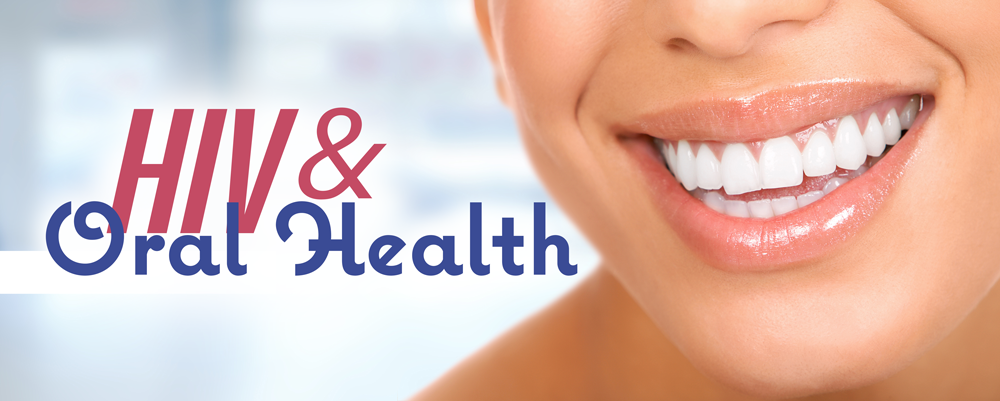
Periodontal Health in the Era of Antiretroviral Therapy
By: Mark Schweizer, DDS MPH
Director of Development and Special Projects
Dental Director Southeastern AIDS Training and Education Center
Nova Southeastern University College of Dental Medicine
[email protected]
The U.S. Department of Health and Human Services currently recommends that every person living with HIV begin antiretroviral therapy (ART) as soon as possible after diagnosis. Increased availability of testing and treatment along with the above guidelines have reduced the number of new HIV infections by 18 percent from 2008-2014.2 Along with this decrease in new infections is an increase in viral suppression rates approaching 50%.2 Viral suppression is critical as it allows people with HIV to remain healthy, increased life expectancy, and reduce their risk for transmitting HIV to others.
Concurrent with patients who are virally suppressed is a decline in oral manifestations. This decline is well documented in the literature. Particularly noted is a decrease in both oral candidiasis and oral hairy leukoplakia (OHL). In relation to periodontal lesions, patients on ART show a decline in ulcerative gingivitis and linear gingival erythema (LGE).
Significant is the higher prevalence (76%) of inflammatory periodontal disease manifested as chronic gingivitis and or periodontitis characterized by profound gingival bleeding, pocket depths
A more detailed discussion of periodontal disease will be presented in an upcoming newsletter
References:
- https://www.cdc.gov/hiv/statistics/overview/ataglance.html
- https://www.cdc.gov/nchhstp/newsroom/2017/2017-HIV-Continuum-Press-Release.html
- A Kroidl, A Schaehen, M Oette, M Wettstein… – European journal of …, 2005 – daigonline.de http://www.daigonline.de/site-content/die-daig/fachorgan/2005/ejomr-2005-vol.10/448.pdf
